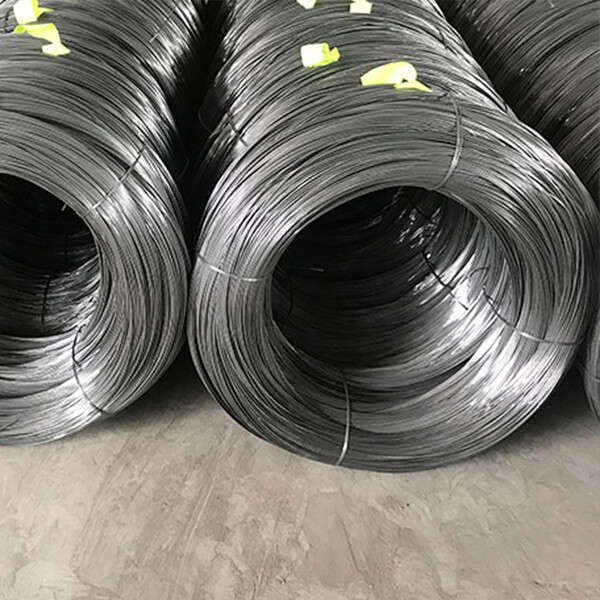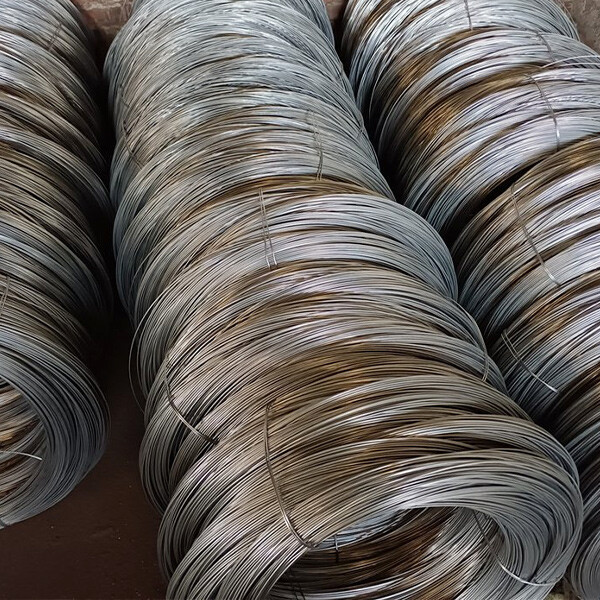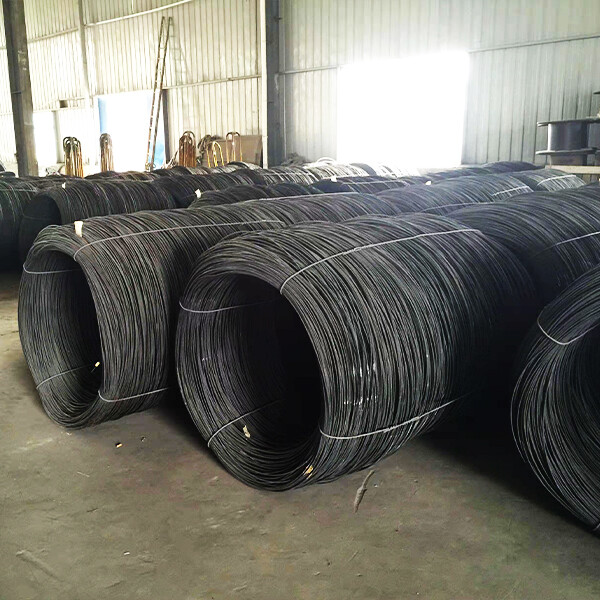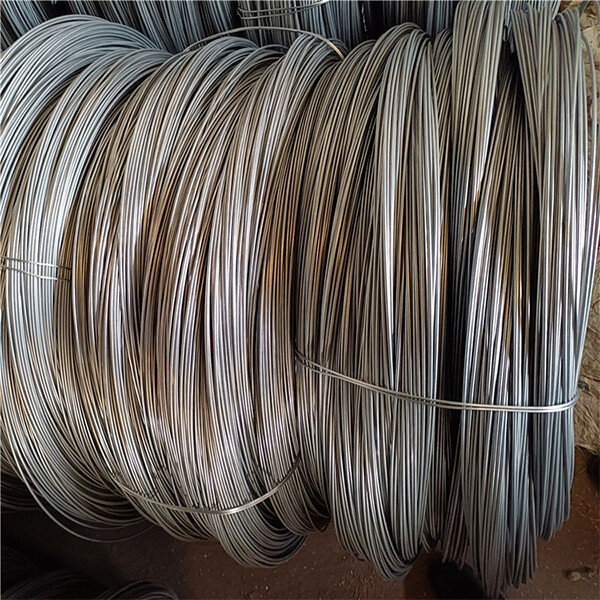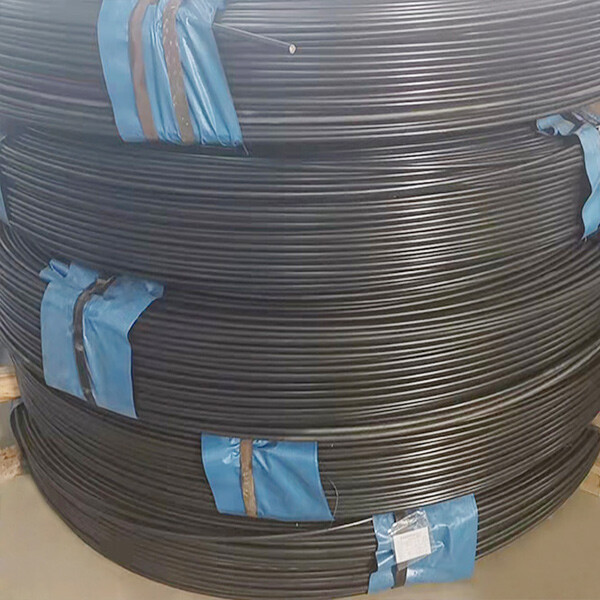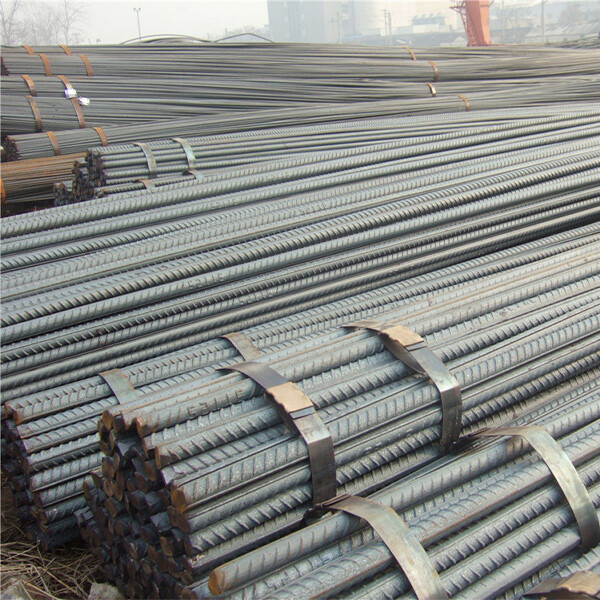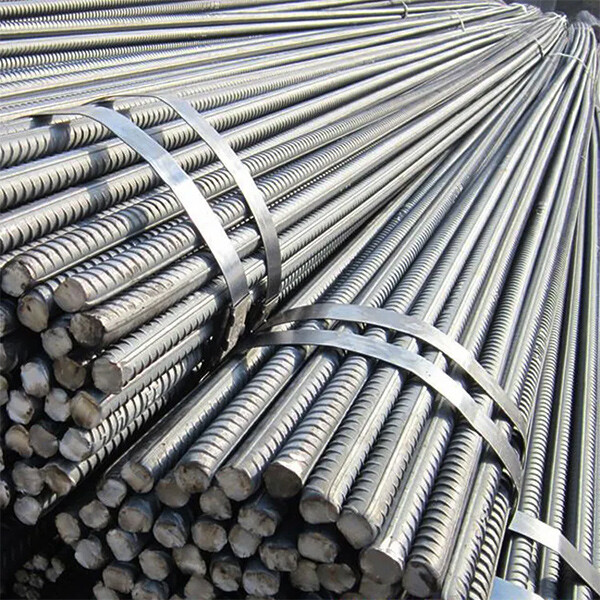Product categories
FILL THE FORM FOR ANY QUESTIONS
Let us know what you need
Overview
CARBON SPRING STEEL WIRE
It has high tensile strength, elastic limit, toughness and fatigue strength, and is resistant to impact and vibration. Ensuring strength and toughness indicators, especially preventing torsion cracks, is the key to producing spring steel wire. The intrinsic quality and surface quality of the wire rod directly affect the performance of the wire. Carbon spring steel wire is made of high-carbon high-quality carbon structural steel or carbon tool steel wire rod, and its chemical composition, gas content and non-metallic inclusions must be strictly controlled according to the purpose of the spring. In order to reduce surface defects and decarburization layer, the steel billet for producing wire rods must be surface ground and peeled if necessary. The wire rod must be normalized or sulphurized, and large specifications must be replaced by spheroidizing annealing. Sulphurization treatment is widely used in intermediate heat treatment, especially before the finished product is drawn. Decarburization should be prevented during heat treatment. After heat treatment, sulfuric acid or hydrochloric acid pickling is used to remove iron oxide scale. Coating (see lubricating carrier) can be lime dipped, phosphating, borax treatment or copper plating. The drawing process of the finished product drawing has a great influence on the product performance. Generally, a larger total reduction rate of about 90% (see area reduction rate) and a smaller pass reduction rate (about ≤23%) are used to ensure the toughness of the product. For high-strength spring steel wire, the outlet temperature of each pass of the steel wire should be controlled below 150℃ during drawing to prevent the steel wire from torsional cracks due to strain aging, which is the main defect causing the scrapping of the steel wire. For this reason, good lubrication and sufficient cooling must be provided during drawing. Using a smaller pass reduction rate and drawing speed will help reduce the temperature rise of the steel wire. After drawing, there is a large residual stress in the steel wire, which affects its performance. It can be eliminated by online straightening or low-temperature (180-370℃) heating.
Materials & Certificates
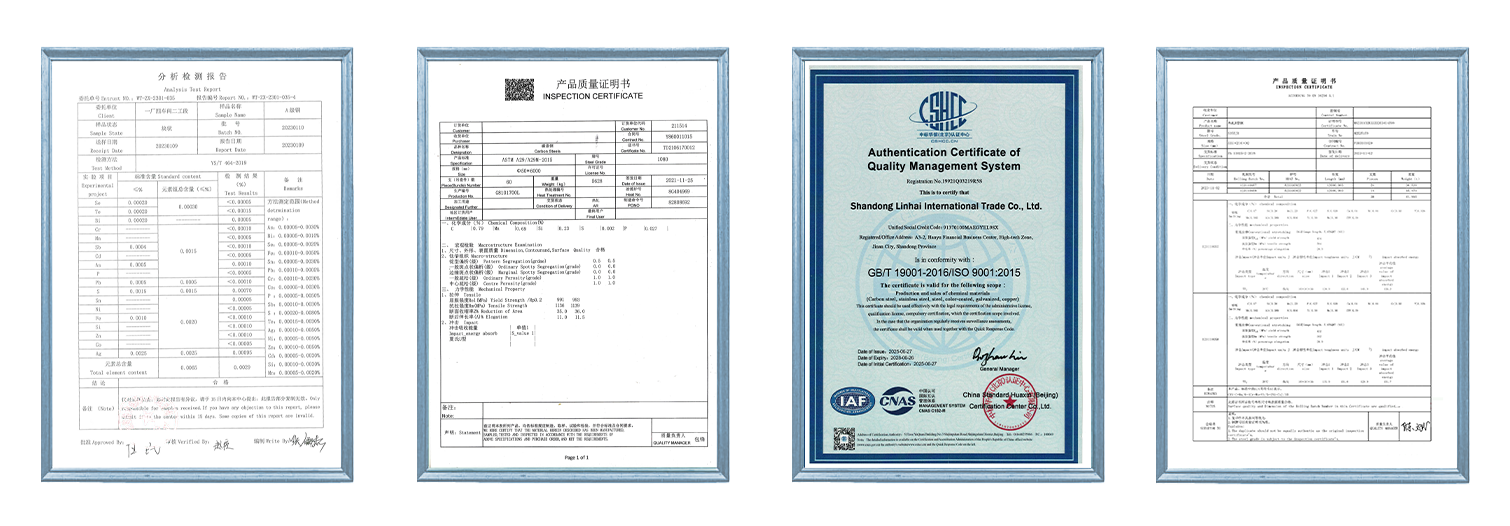
Factory & Shipping
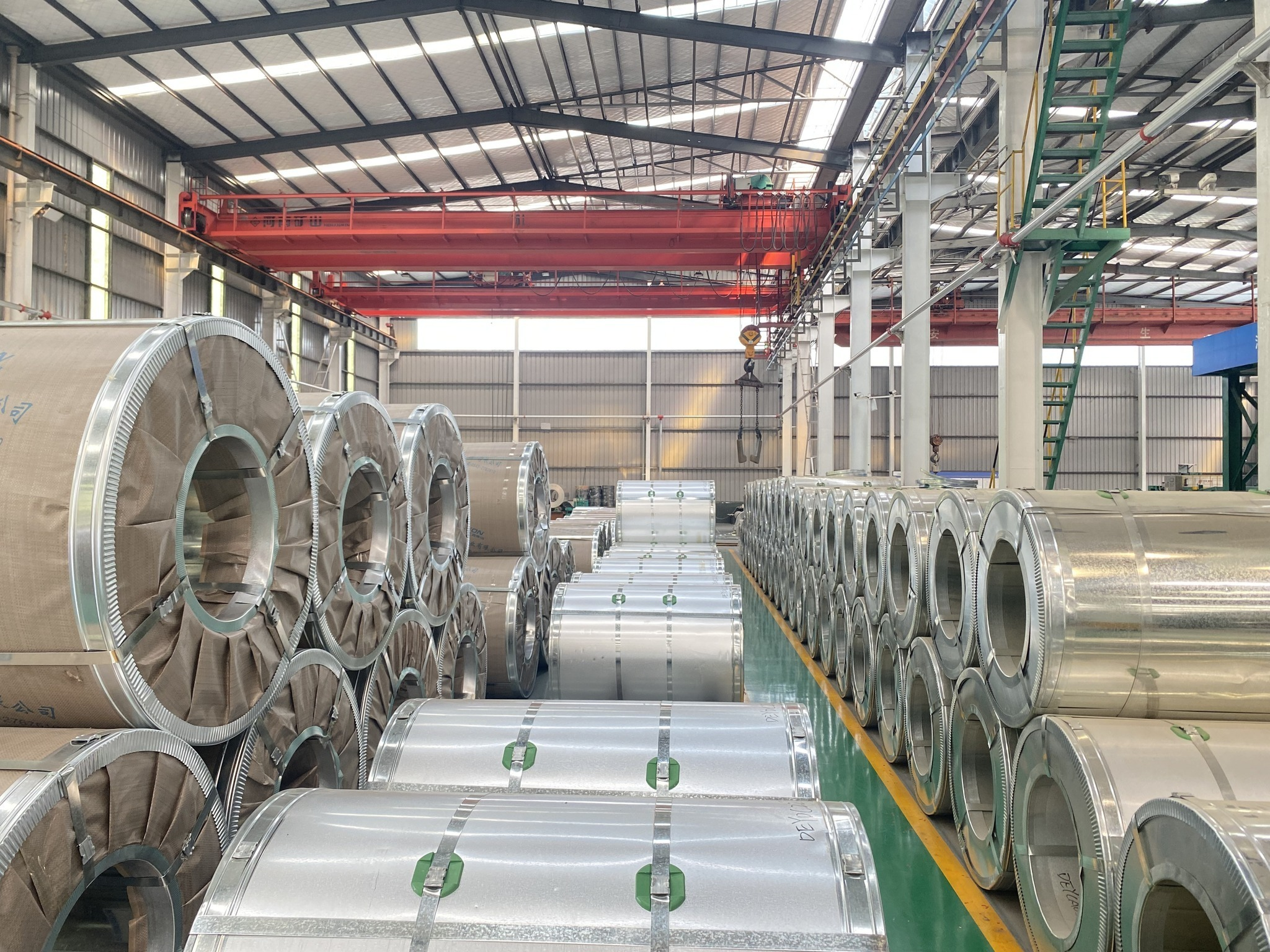
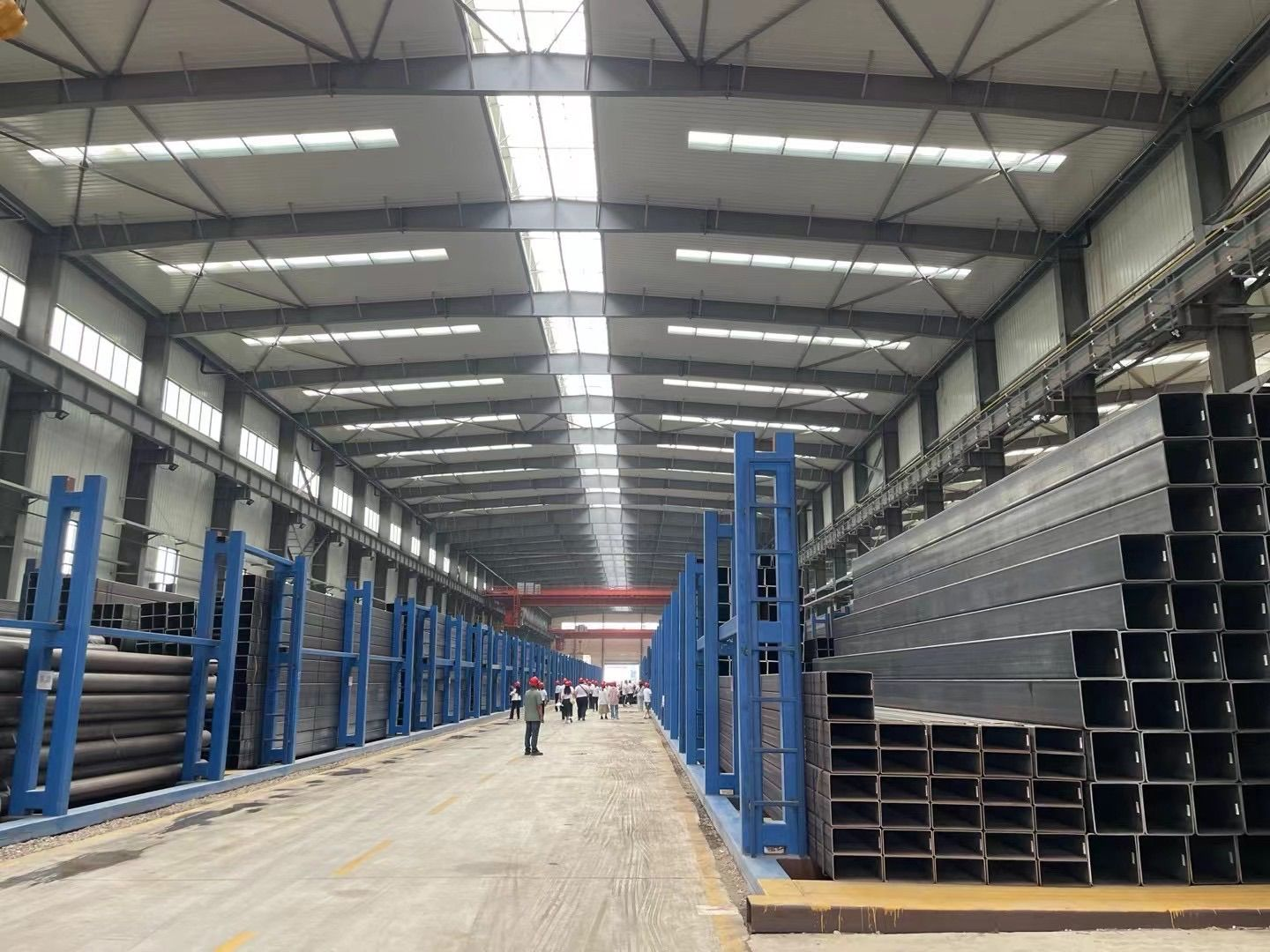
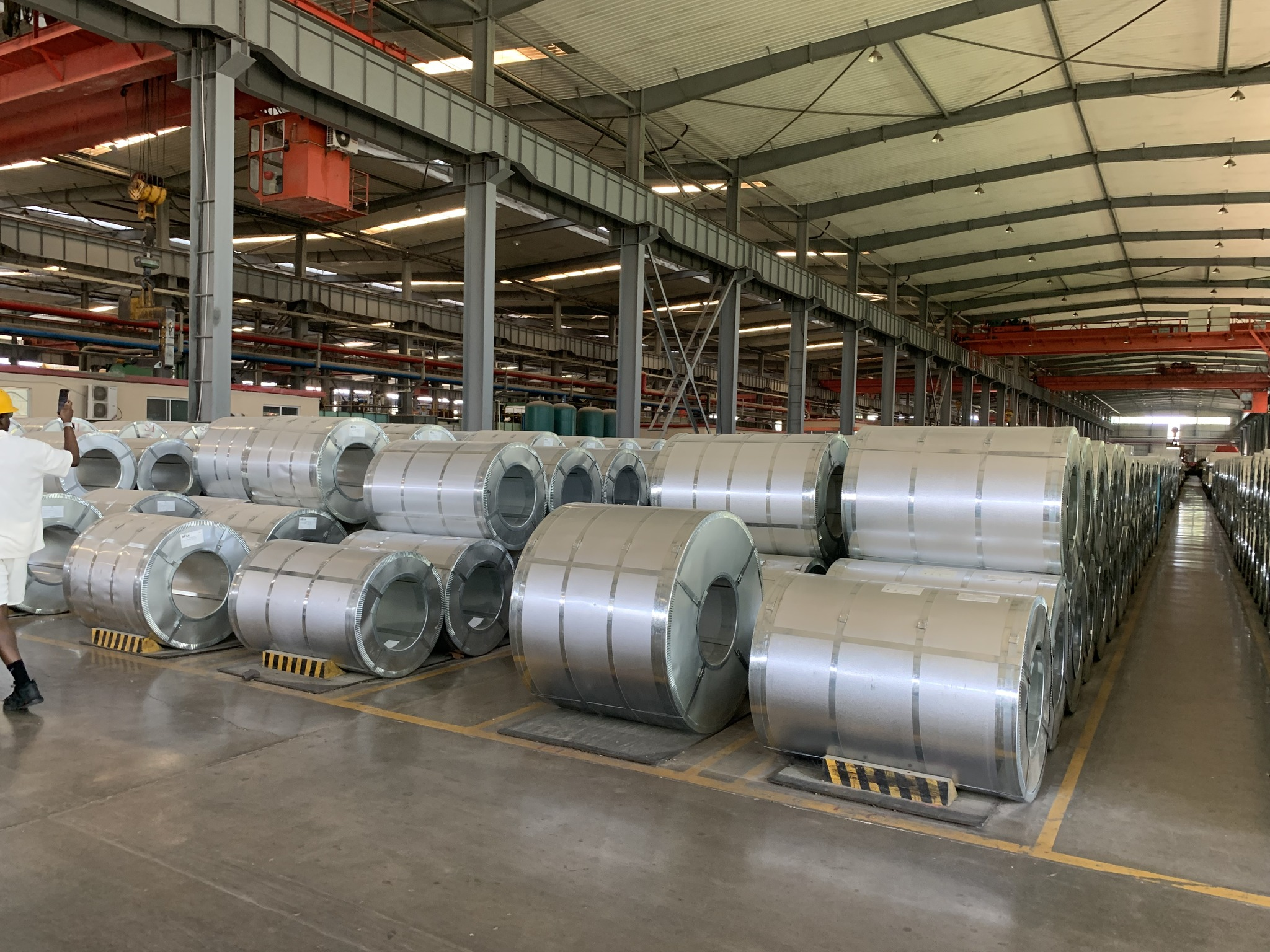
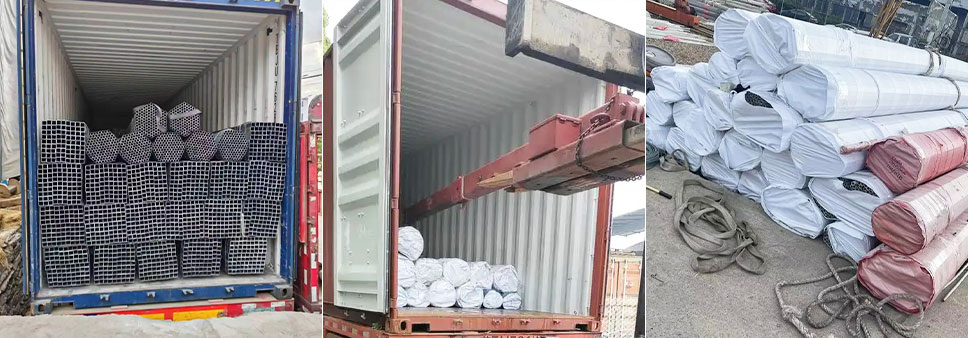
Customer factory inspection
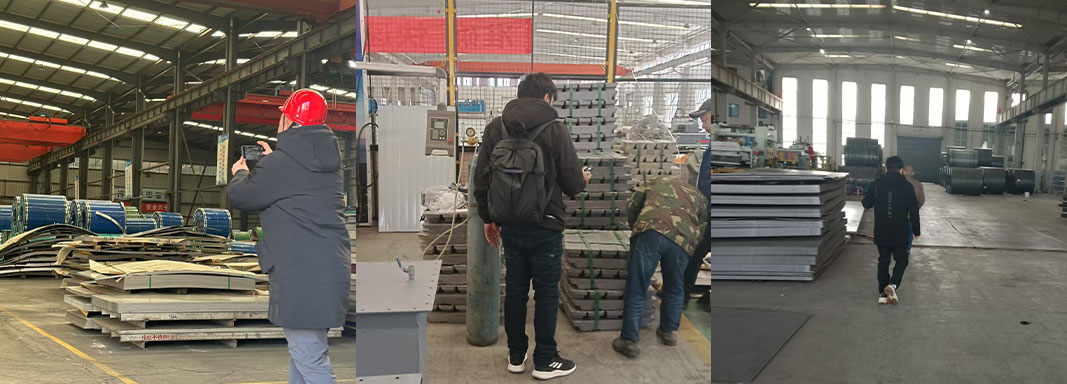
Company Introduction
Shandong Linhai International Trade Co., Ltd. is a professional supplier of steel and metal raw materials. Its main products include carbon steel, copper, stainless steel, profiles, and rare materials, which are used in construction, home appliances, aerospace, and other fields. The company is committed to providing the most reliable and satisfactory products to customers worldwide.
Leveraging its strong supply chain network, solid expertise, and reliable service, Linhai International Trade Co., Ltd. has become a leading steel supplier for numerous clients in countries and regions including the Middle East, South America, and Southeast Asia.
Adhering to the principle of "product quality is the foundation of survival, and service quality is the bridge to success," the company provides customers with high-quality service and satisfactory products, always prioritizing customer needs.
Inquiry
To learn more about this product, you can submit your requirements here
Related Products
Can't find what you're looking for ?
Leave a Message we will call you back quickly!
Need Help?
We are always here to help
If you are interested in our company and our products, you can also communicate with us by submitting a request form, sending an email, calling us, etc.! We will reply within 24 hours
By clicking 'Allow All', you agree to the storage of cookies on your device to enhance site navigation, analyze site usage and assist with our marketing efforts. Coo Cookie Notice
CONTACT
US NOW!

